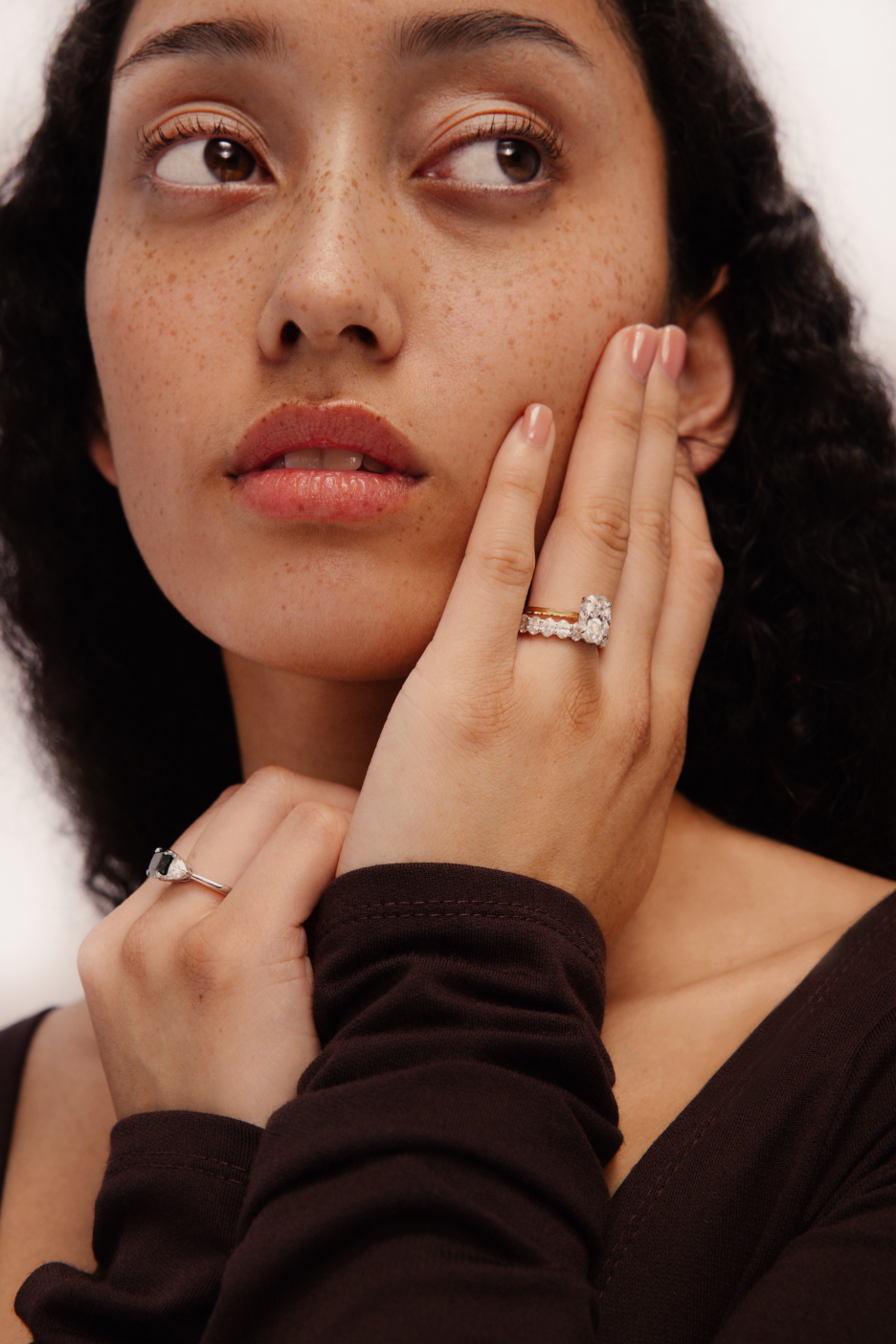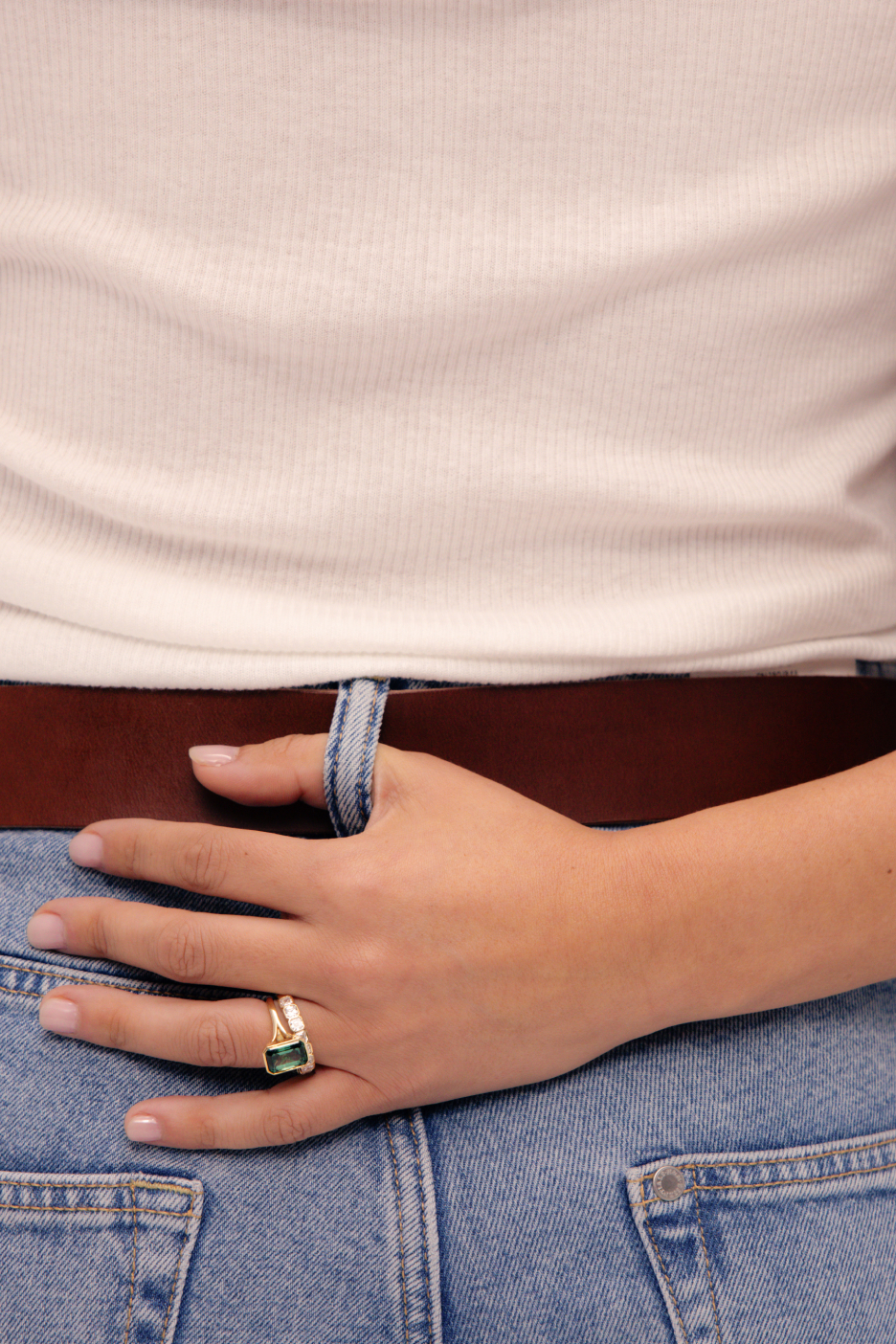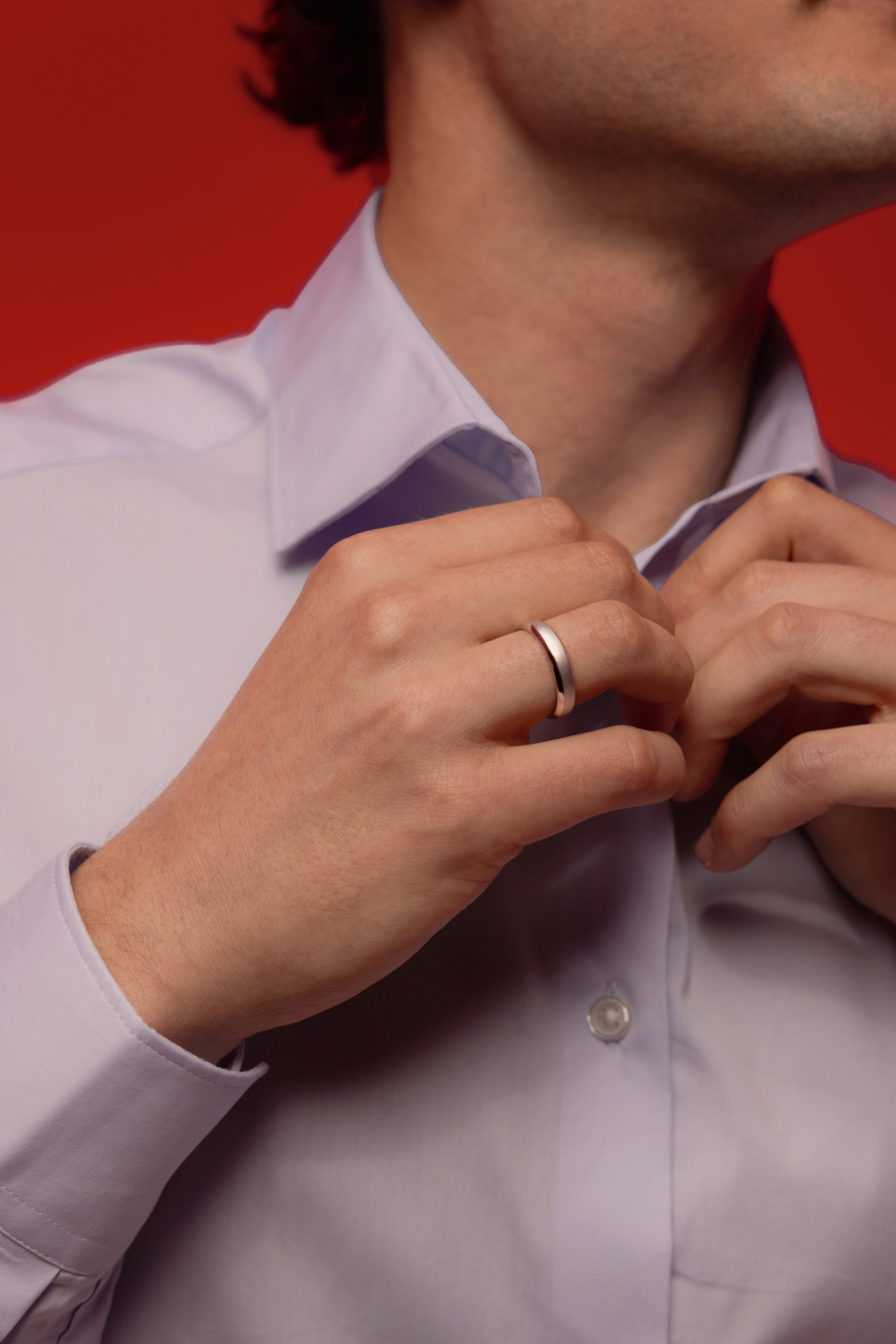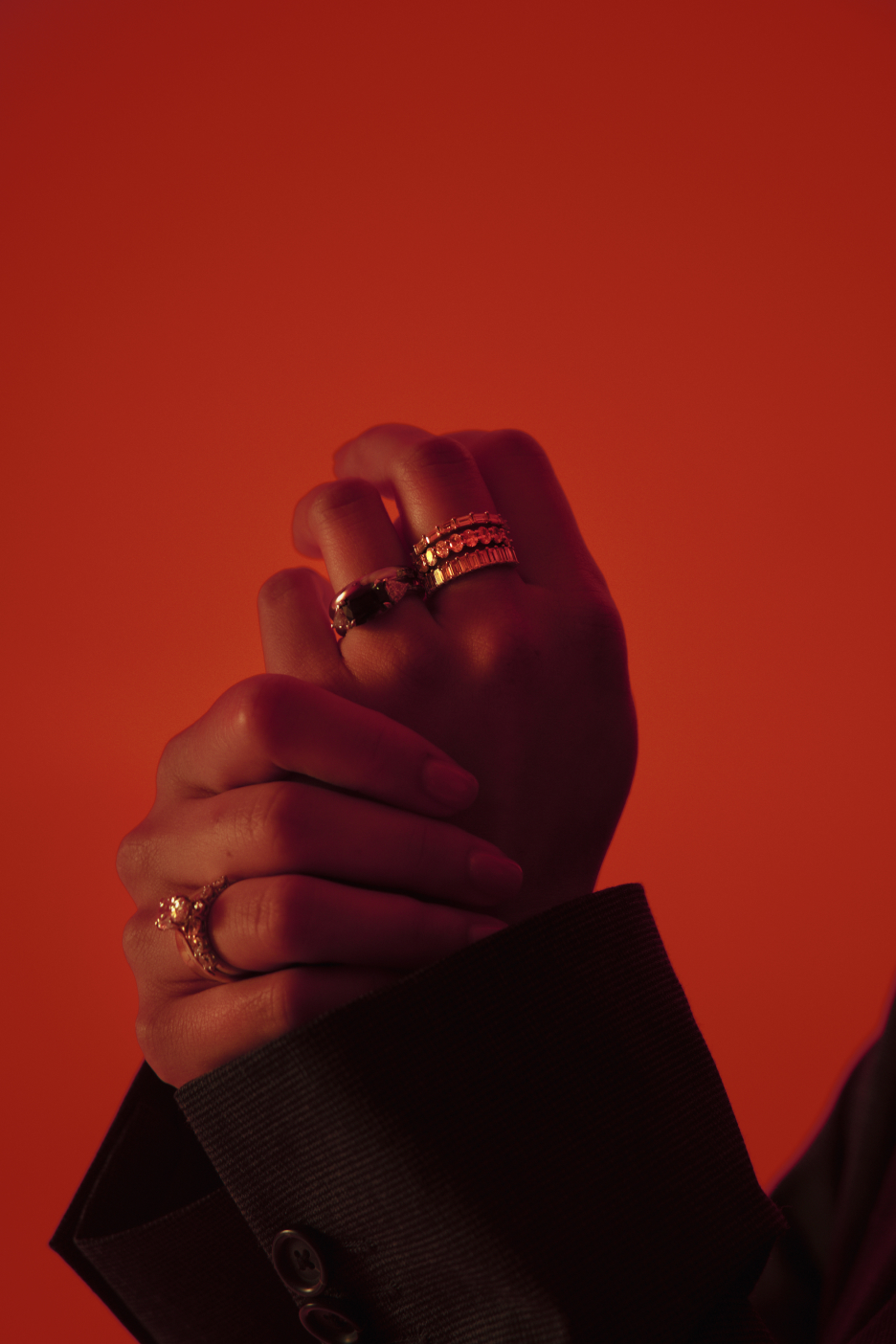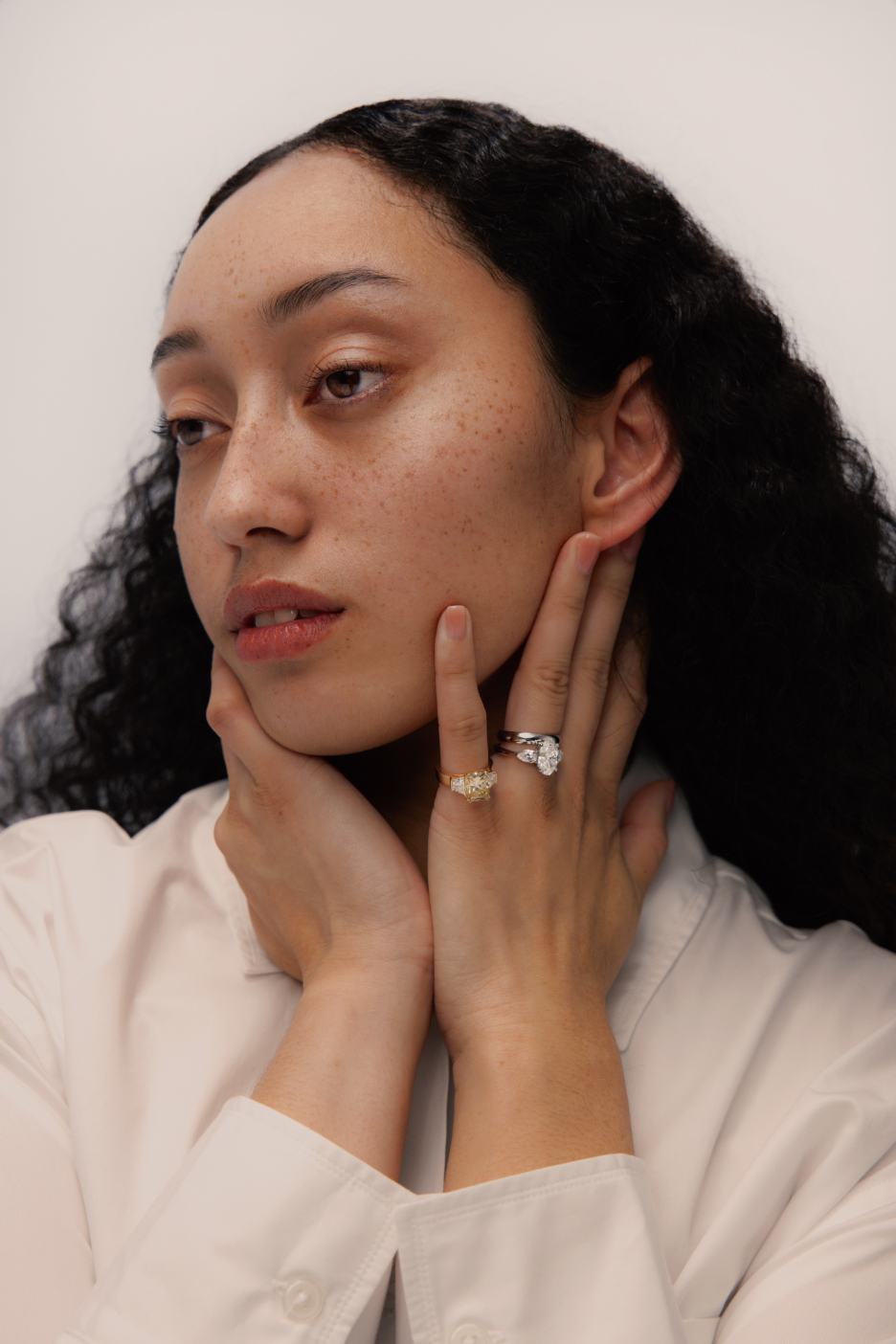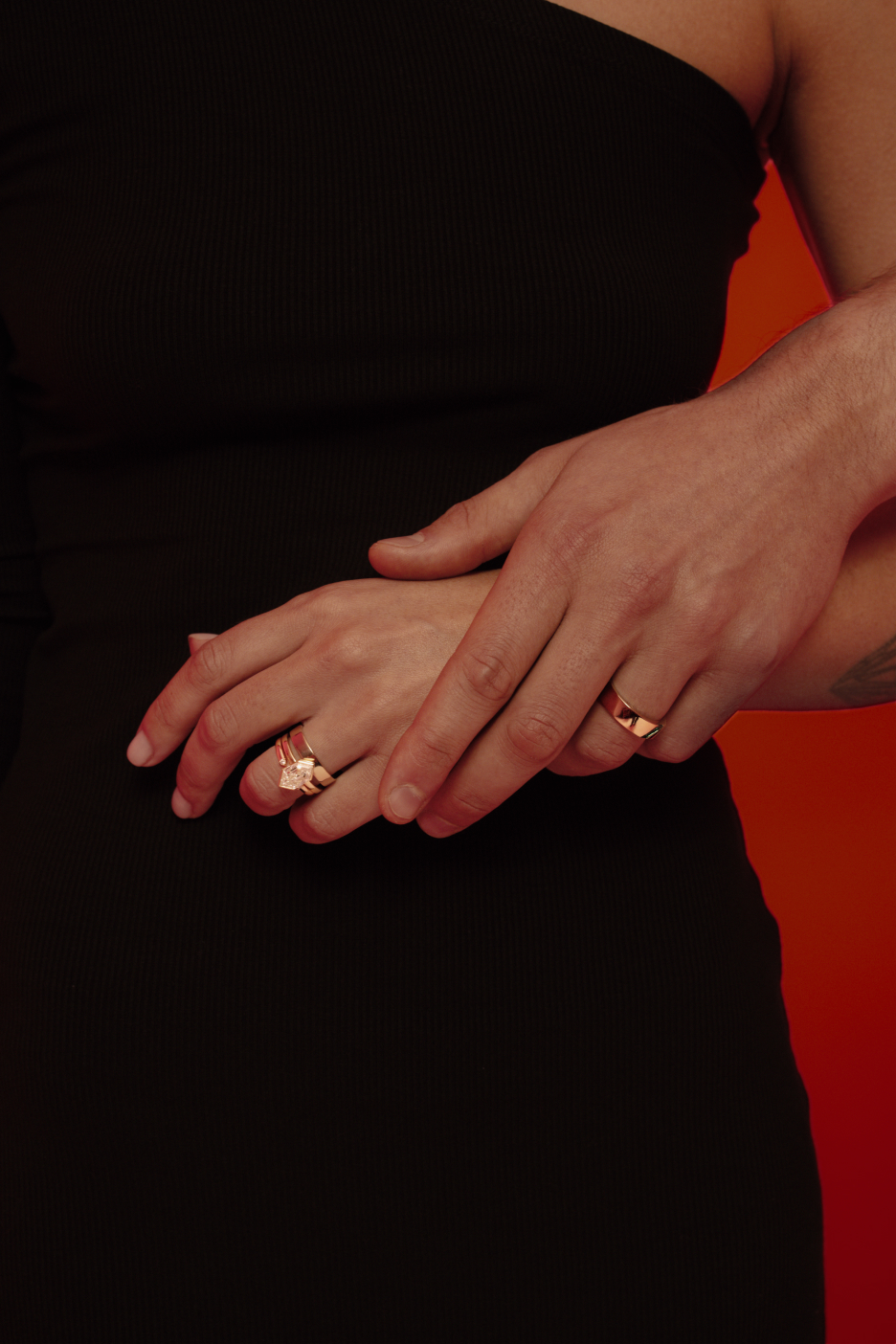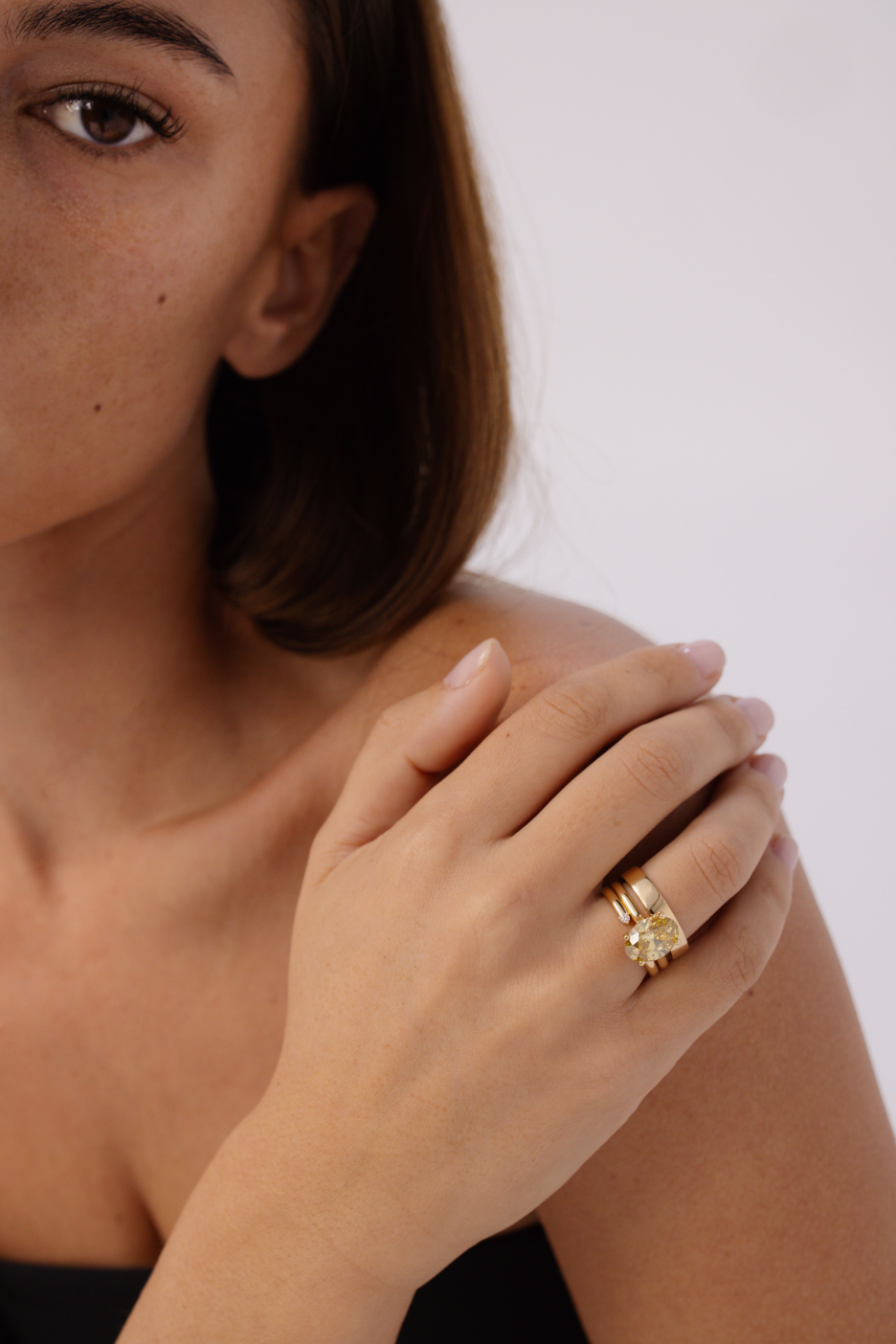Lab Grown vs Mined Diamonds: Can a Jeweller tell the difference?

If you are in the market for a diamond, you would have encountered a more affordable option in lab grown diamonds — especially if you are in the market for an engagement ring. While you could fork out around $130,000 for a 2 carat natural diamond engagement ring, you could get the same in a lab-grown version for $6000 — a huge difference for two options that are visually, physically and even optically exactly the same.
And if you were to compare a lab grown diamond to a natural diamond side by side, without any certificates, neither you, nor a jeweller would be able to tell the difference by visually inspecting it. In fact, you would need some very expensive machines to be able to tell the difference.
Lab grown are even atomically better than natural diamonds. And the only reason that machines can tell the difference is because lab grown diamonds are more perfect than mined diamonds. Natural diamonds have more impurities than lab grown diamonds.
Can A Jeweller Tell The Difference Between A Lab Grown and Natural Diamond?
Just by looking at the diamonds, not even jewellers can tell the difference. But with a bit more information, anyone can identify a lab grown diamond from a natural diamond.
Lab grown diamonds have a tiny laser inscription
Using a 30x magnifying lens you can see an ID code inscribed on a lab grown diamond. This code is used to identify, categorise and certify diamonds; and is normally located on the diamond’s girdle.

At Four Words, all of our diamonds above 0.5 carat come with an independent certificate from either IGI, GIA or AGS — the big three independent diamond certifiers. The code can also be searched up for the 4Cs of the diamond as per the independent certification.

Without this inscription, it is incredibly difficult to know whether a diamond is lab grown or mined. All the other alternatives require high-tech and expensive equipment.
Lab grown diamonds are more perfect than mined diamonds
The Type IIa test measures the number of impurities at an atomic level. The most common elements in mined diamonds are Nitrogen and Boron. Type IIa diamonds have close to zero Nitrogen atoms in the diamond, less than 0.05%.
Type IIa diamonds are extremely rare. They only make up 1 - 2% of mined diamonds.
However, most lab grown diamonds are Type IIa. It is for this reason the Type IIa test is often used to test if a diamond is lab grown or mined. But this is not 100% reliable. Further analysis would need to be done to make sure.
Lab grown diamonds have different UV radiation and photoluminescence spectroscopy results
Another method is exposing diamonds to various types of radiation. These two tests provide 100% accuracy – but are expensive. These tests are so expensive and sophisticated that they are only performed by big independent diamond certifiers (typically IGI, GIA and AGS).
After bombarding the diamond with radiation – at various spectroscopic wavelengths – you can visually tell the difference between lab grown and mined diamonds as they will show different hues.
Why? Similar to the Type IIa, mined diamonds contain impurities such as Nitrogen and sometimes Boron. UV radiation and photoluminescence spectroscopy are able to tell the difference simply because natural diamonds are less atomically perfect than lab grown diamonds.
The Key Difference Between Lab Grown Diamonds and Natural Diamonds
The key difference between a lab grown diamond and mined diamond is how they are formed.
Lab grown diamonds are created in a few weeks
There are two main ways that a lab grown diamond can be made: High Pressure High Temperature (HPHT) and Chemical Vapour Deposition (CVD)
HPHT is where a small diamond seed is “planted” into a piece of carbon. Then, it is subject to high pressure and high temperature to mimic what happens naturally. The pressure and heat essentially melts the carbon and forms a diamond around the diamond seed.
CVD also uses a diamond seed but the method is slightly different. The seed is put into a chamber with methane and hydrogen and heated to around 800° C. The gases become so hot that it breaks the molecular bonds and it “rains” carbon atoms onto the diamond seed to form a diamond.
Lab grown diamond technology has been 70 years in the making. It is however in the last 20 years has the technology become good enough for jewellery purposes.
Which is better? Natural or Lab Grown Diamonds?
Because the difference lies in the process of making the diamond and not in the diamond itself, it is hard to say which is better. But there are still differences around price, long-term value and sustainability.
Lab grown diamonds are more affordable than natural diamonds
A round brilliant solitaire 1 carat lab grown diamond in 18K yellow gold in a custom bespoke design at Four Words will cost around $3,500 (VVS, DEF, Excellent Cut). The equivalent in a natural diamond will be around $25,000-30,000
Neither lab grown diamonds or natural diamonds keep resale value
Don’t expect your engagement ring to hold its retail value. Regardless of if it is a lab grown diamond or a natural diamond, you should not buy one with the intention of selling it later. Diamonds should be appreciated for what they are — a symbol of your love. Not a financial investment.
Natural diamonds are created over millions of years
There is something special about something that takes time to mature. Some couples may find romance in a gemstone that has taken millions of years to take shape.
Lab grown diamonds are more sustainable
Lab grown diamonds create approximately 57,000 grams of CO2 per carat of mined diamond. On the other hand, lab grown diamonds are reported to produce around 0.028 grams of CO2 per carat created.
At Four Words, all of our lab grown diamonds are climate positive as we pay back five times our carbon footprint.
Lab grown diamonds have a better ethical track record
Lab grown diamonds are created in high tech labs. And because this process is a closed system inside high-tech laboratories, lab diamonds don’t need large-scale mining operations and the associated negative environmental and ethical impacts.
And if you have seen the movie Blood Diamond, you will know that mined diamonds don’t have the best track record. And while the Kimberley Process was set up to stop the financing of violence by rebel movements seeking to undermine legitimate governments, it does not stop poor working conditions or legitimate governments from suppressing their own people or funding wars against other countries.
So while there is much more work to do on the natural diamonds front, there are quite a few initiatives trying to make things better. For example, the Responsible Jewellery Council is a NFP aiming to promote responsible business practices throughout the jewellery supply chain. They have also developed their own set of standards for sourcing, production, human rights and community development.
Making the Right Choice for Your Diamond Purchase
Choosing between a lab-grown and a mined diamond ultimately depends on your priorities and values. If affordability, sustainability, and ethical sourcing are high on your list, lab-grown diamonds offer a fantastic option without compromising on quality or beauty. On the other hand, if the traditional and emotional significance of a natural diamond appeals to you, a mined diamond might be the perfect choice.
At Four Words, we understand that every diamond purchase is unique, and we're here to help you make the best decision for your needs. Whether you're drawn to the innovation and environmental benefits of lab-grown diamonds or the timeless allure of natural diamonds, our experts are ready to assist you every step of the way.
Ready to create your perfect engagement ring? Book an obligation free consultation for personalised assistance and to schedule a consultation with one of our knowledgeable jewellers.
Common Questions
No, lab grown diamonds cannot be detected without special equipment - not even by jewellers with 20 or more years of experience. Lab grown diamonds are optically, physically and even atomically exactly the same as natural diamonds.
Yes, lab grown diamonds are as durable as natural diamonds. They are both rated as 10/10 on the Mohs hardness scale. Lab grown diamonds are physically, optically and even atomically exactly the same as natural diamonds.
Yes, lab grown diamonds are real diamonds. Think about it like ice. You can get it from Antartica or you can make it in your freezer. Lab grown diamonds are optically, physically and even atomically exactly the same as natural diamonds.
